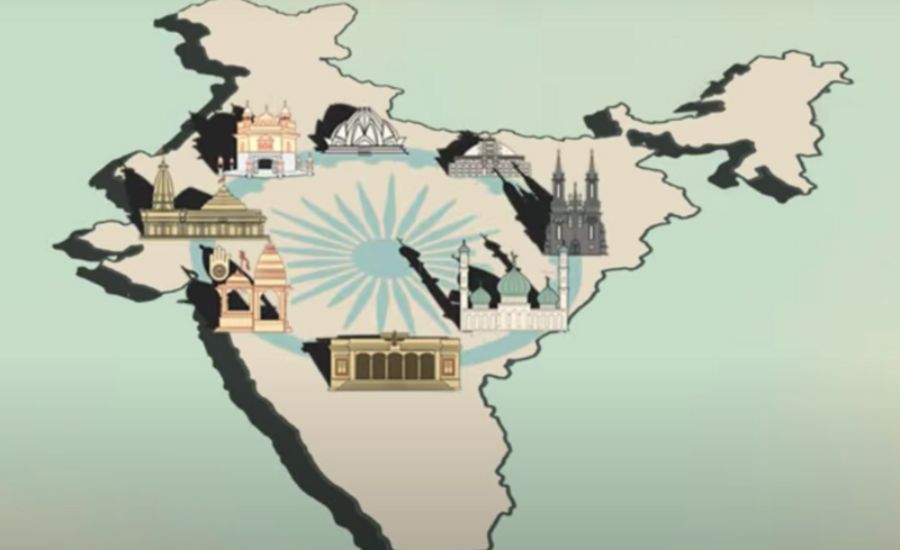
On 1 May 1947, Constituent Assembly members discussed an early version of the Constitution’s fundamental rights chapter that included a right to convert to other religions – implied within ‘the right to propagate religion’. Assembly members approached religious conversion in two distinct ways.
Purushotam Das Tandon and Jagat Narain Lal viewed the propagation of religion as a right conceded to religious minorities to ensure their integration with India. Lal further argued this right should be exercised within limits set by the majority religious community. It appears that these members feared Hindus converting to India’s minority religions. For members like Tandon and Lal, the right to propagate and convert to another religion was primarily relevant for groups.
Rev. Jerome D’Souza was disappointed that his fellow members were engaging in religious conversion only through a minority/majority community lens and not through individual rights. Nichols Roy suggested that religious conversion was a matter of an individual’s conscience and spirituality, and less about groups. Though he did not speak in this debate, B.R. Ambedkar framed the right to convert in individual terms in his submission to the Sub-Committee on Fundamental Rights.
Today, the Karnataka government has tabled the Karnataka Protection of Right to Freedom of Religion Bill, 2021 in the Legislative Assembly ostensibly to deter forced conversions. This is the latest in a series of State laws passed across India that signal the resurgence of the idea that religious conversion is about groups and not individual choice or autonomy.
The political context in which these laws have been introduced suggests a concern over Hindus converting to other religions–reminiscent of Tandon’s and Lal’s interventions in the Constituent Assembly.
